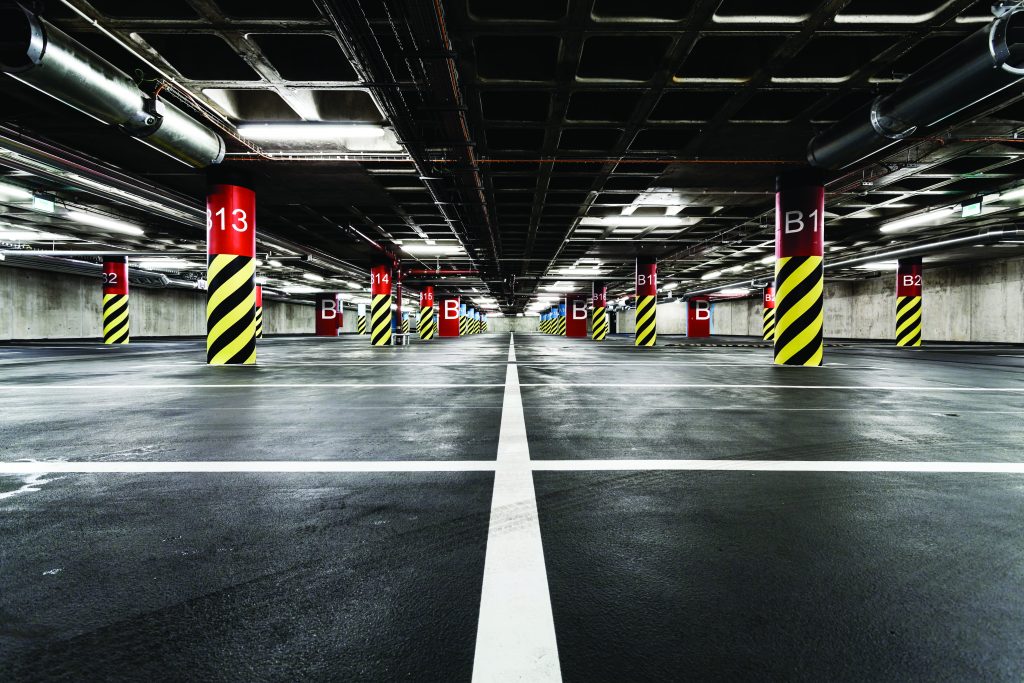As One Local Law 126 Cycle Ends, Another Begins: Cycle 1B

In the intricate landscape of New York City building regulations, Local Law 126 stands as a pivotal mandate, particularly addressing the safety and integrity of parking structures. Property owners and managers are acutely aware of the importance of adhering to Local Law 126, and within this framework, the Cycle 1B Deadline holds significant weight. Let’s delve into the nuances of this deadline and its implications for property owners.
Understanding Local Law 126: Local Law 126, also known as the Parking Garage Law, mandates thorough inspections of parking structures to ensure compliance with safety standards. The law sets specific cycles for inspections, with Cycle 1B being a crucial phase in the overall compliance process.
The Cycle 1B Deadline: Cycle 1B of Local Law 126 involves comprehensive inspections and the submission of required documentation for parking structures. This phase is a critical checkpoint, requiring property owners to demonstrate their commitment to maintaining safe and structurally sound parking facilities. The Cycle 1B Deadline marks the timeframe within which these inspections and submissions must be completed.
Key Components of Cycle 1B:
- Inspection Protocols: During Cycle 1B, parking structures undergo meticulous inspections conducted by qualified professionals. These inspections encompass a range of factors, including structural integrity, safety features, and compliance with Local Law 126 specifications. Any deficiencies or areas requiring attention are identified during this phase.
- Documentation Submission: Property owners are obligated to submit comprehensive documentation detailing the inspection results, any corrective measures taken, and a certification of compliance. This documentation serves as a critical record, demonstrating adherence to the law’s requirements.
- Correction of Deficiencies: If deficiencies are identified during the inspection, property owners must take prompt corrective action. Addressing these issues is not only a legal obligation but also essential for ensuring the safety of occupants and the longevity of the parking structure.
Implications of Missing the Cycle 1B Deadline:
- Legal Consequences: Failure to meet the Cycle 1B Deadline can have legal repercussions. Property owners may face fines, penalties, or legal action for non-compliance. This underscores the importance of a proactive approach to meeting the deadline.
- Occupant Safety Concerns: Beyond legal consequences, the primary concern is the safety of individuals using the parking facility. Timely inspections and adherence to the law contribute to creating a secure environment for building occupants and visitors.
- Financial Impact: Non-compliance can lead to financial strain, with potential fines and legal fees adding up quickly. Property owners are advised to prioritize compliance to mitigate any adverse financial implications.
Best Practices for Meeting the Cycle 1B Deadline:
- Early Planning: Property owners should initiate the planning process well in advance of the Cycle 1B Deadline. Early planning allows for a systematic approach to inspections, documentation preparation, and any necessary corrective measures.
- Qualified Professionals: Engaging qualified engineering and architectural professionals for inspections is crucial. Their expertise ensures a thorough evaluation of the parking structure, identification of any issues, and the formulation of effective solutions.
- Comprehensive Documentation: Careful and comprehensive documentation is key to meeting the Cycle 1B Deadline. Property owners should maintain a detailed record of inspections, corrective actions, and certifications to streamline the submission process.
Conclusion:
In conclusion, the Cycle 1B Deadline within the framework of New York City Local Law 126 is a critical milestone for property owners. Meeting this deadline not only ensures legal compliance but, more importantly, safeguards the well-being of building occupants and the longevity of parking structures. Engaging qualified professionals, early planning, and meticulous documentation are essential elements of a successful strategy to navigate the complexities of Local Law 126 and its associated deadlines. Property owners who prioritize these aspects demonstrate a commitment to safety, compliance, and the overall resilience of New York City’s built environment.
NYC DOB LL126
https://www.nyc.gov/site/buildings/codes/title-1-rules-of-the-city-of-new-york.page
“§103-16 Initial observation of parking structures”